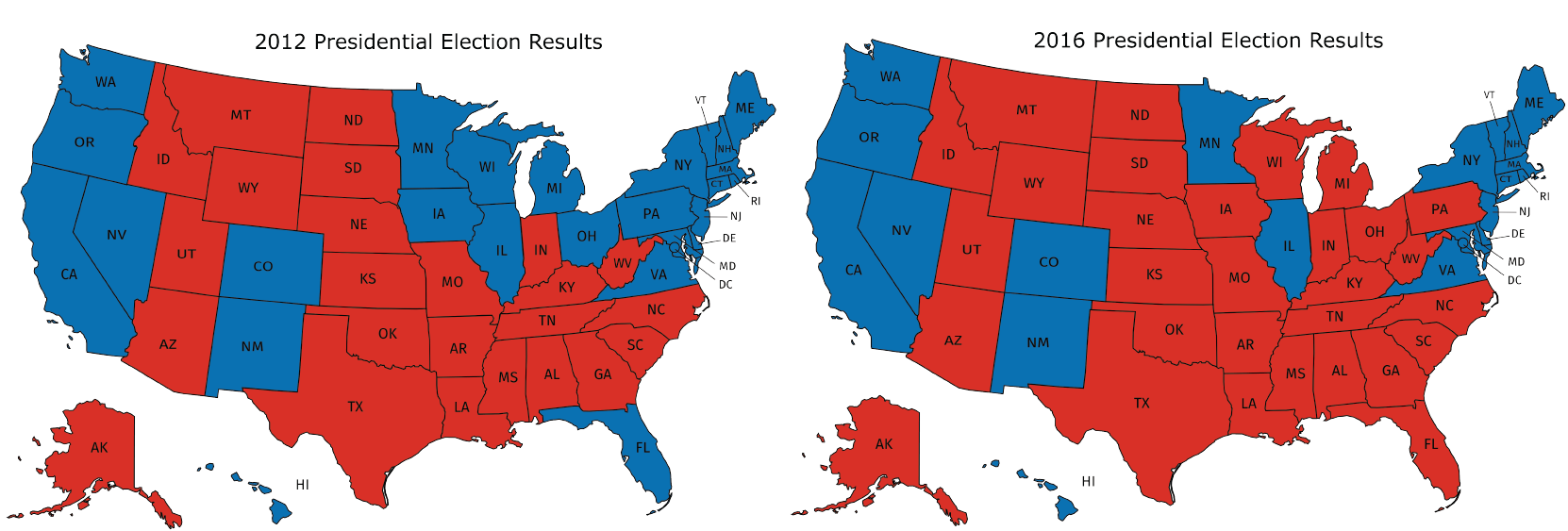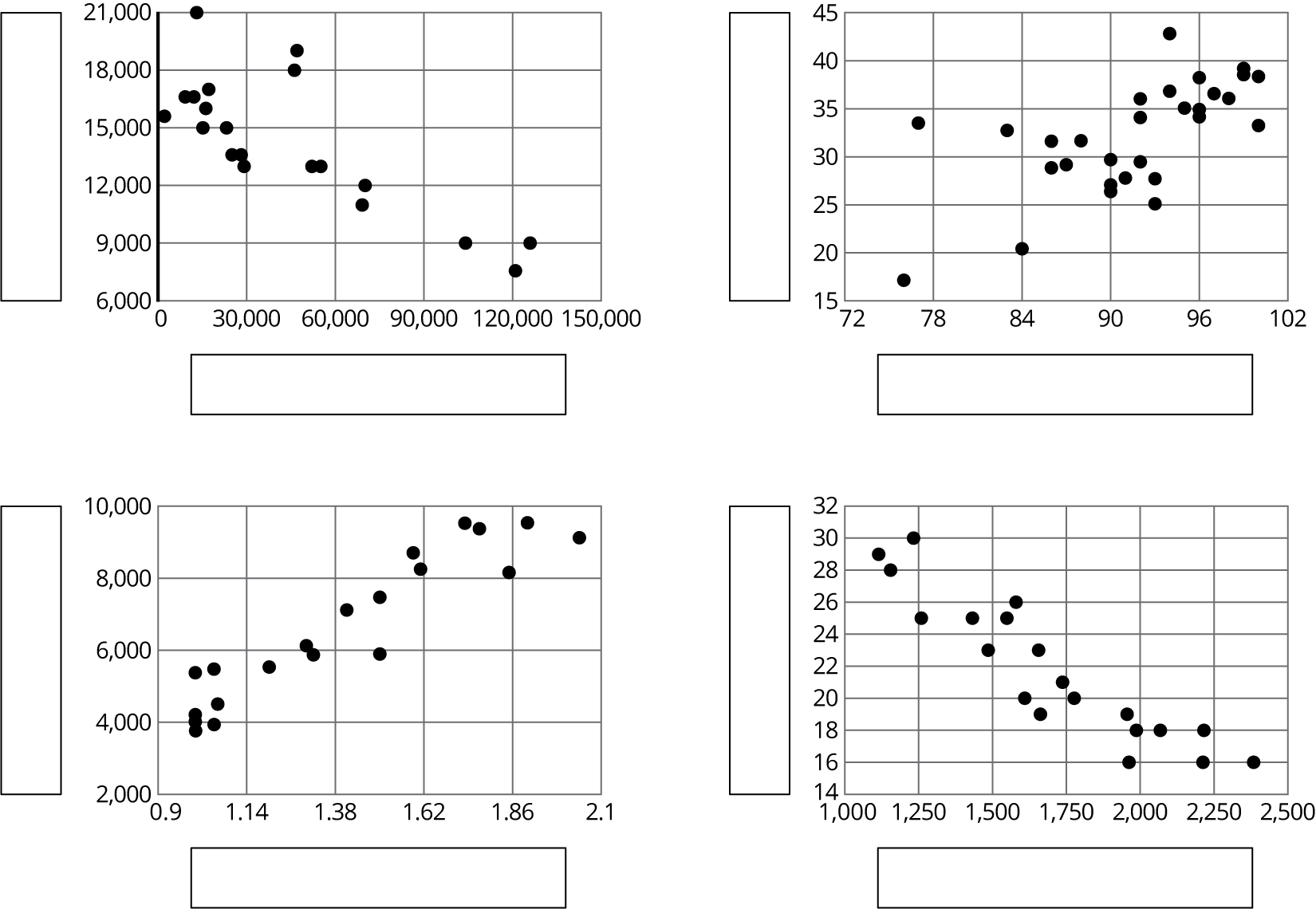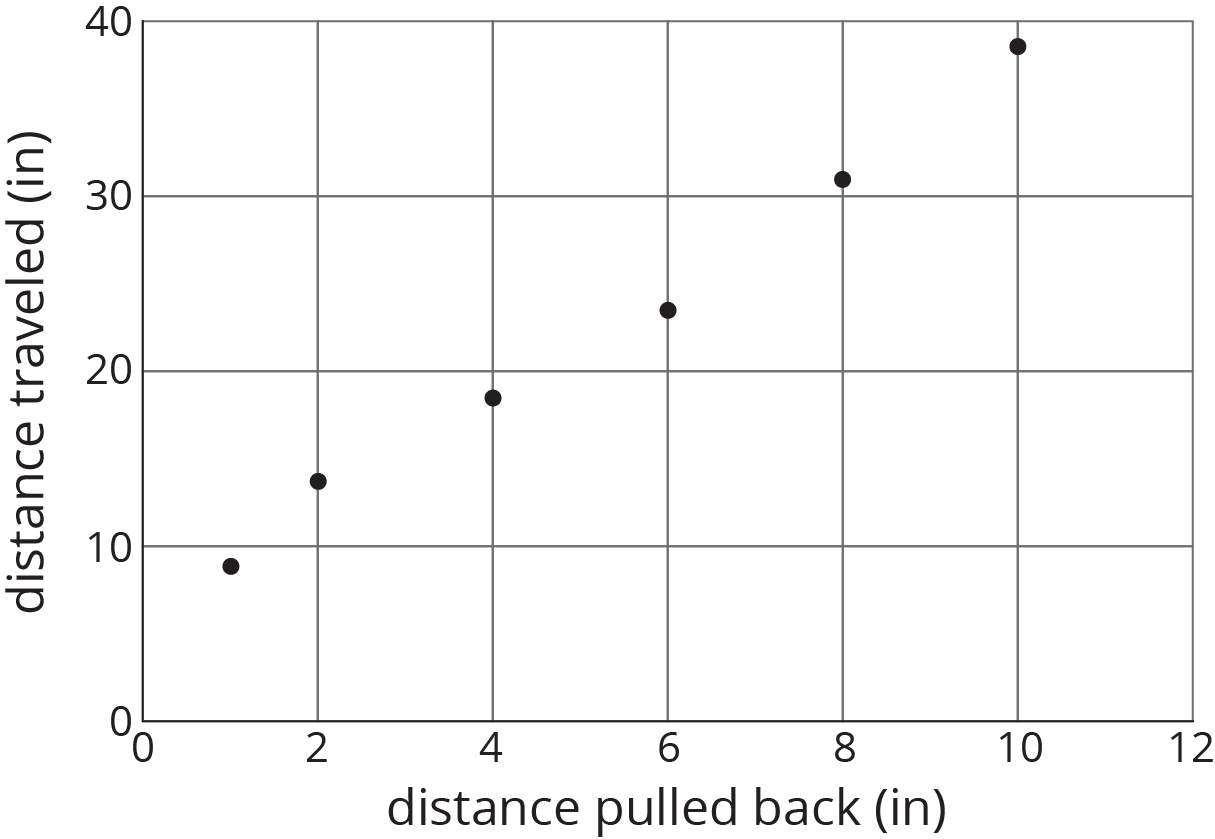1.1: Notice and Wonder: Messy Data
Here is a table of data. Each row shows two measurements of a triangle.
| length of short side (cm) | length of perimeter (cm) | |
|---|---|---|
| row 1 | 0.25 | 1 |
| row 2 | 2 | 7.5 |
| row 3 | 6.5 | 22 |
| row 4 | 3 | 9.5 |
| row 5 | 0.5 | 2 |
| row 6 | 1.25 | 3.5 |
| row 7 | 3.5 | 12.5 |
| row 8 | 1.5 | 5 |
| row 9 | 4 | 14 |
| row 10 | 1 | 2.5 |


